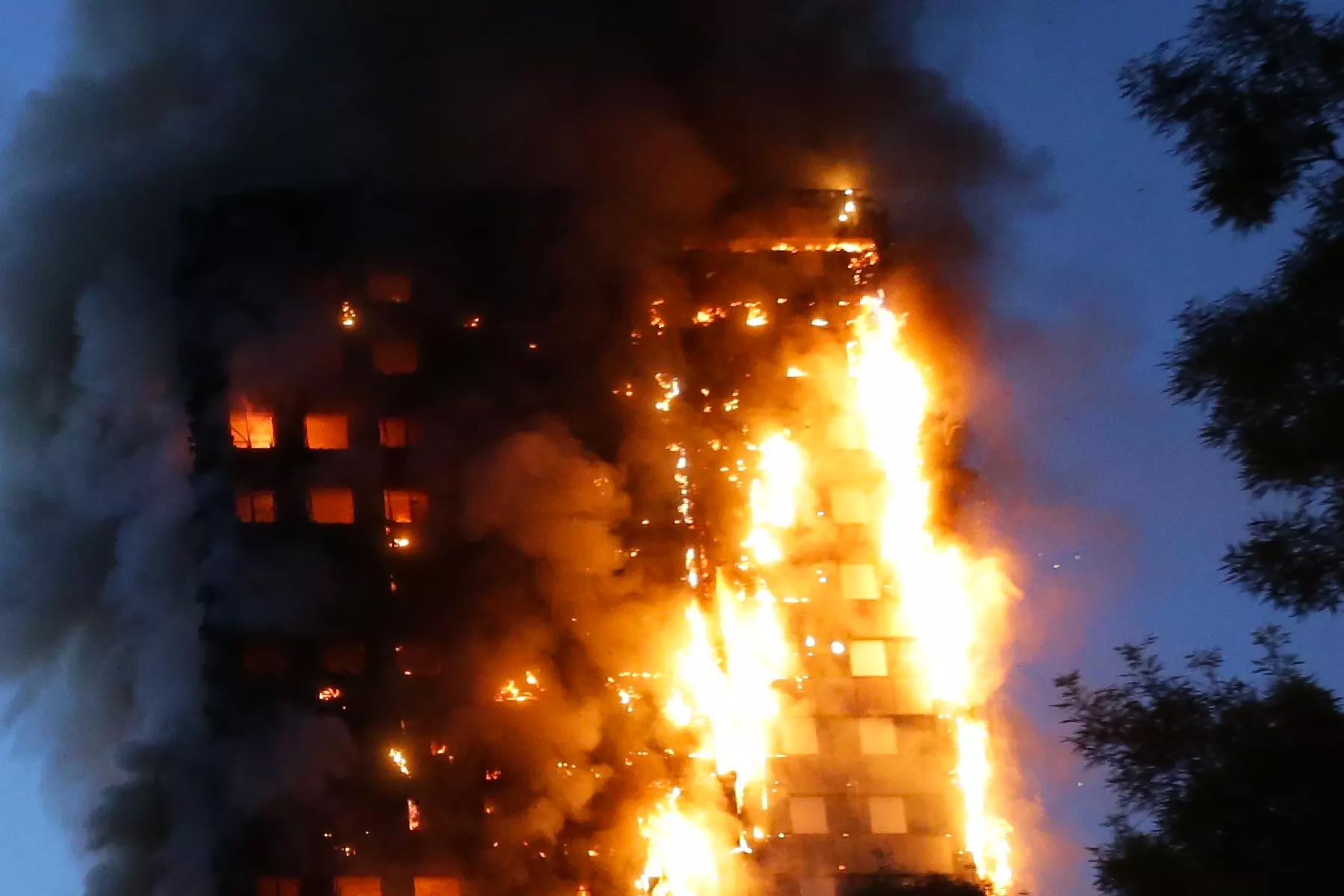Cladding fires: a fatal warning of a bigger problem
Questions persist over the role polyethylene-core cladding played in the speed and spread of the Grenfell Tower blaze. It begs the bigger question – how do we prevent this happening again?

The disastrous Grenfell Tower fire in London shocked the world; and raised many questions about the safety of contemporary, tall, residential buildings. British authorities are still unearthing evidence necessary to pin down the exact causes and dynamics of the incident. But the preliminary consensus among experts points to a well-known problem: fires in building cladding, spread by composite metal panels with polyethylene backing.
The problem is well known in Australia, where in November 2014 a cigarette butt in a plastic container was enough to ignite a façade of polyethylene-backed metal panels on an apartment building in Melbourne. Once just a small section of the aluminium-polyethylene facing on a balcony wall was lit, the fire spread quickly. It travelled up the side of the building in 11 minutes. Fortunately, casualties were prevented by the limited amount of panels involved, the prompt response of the Melbourne Metropolitan Fire Brigade (MMFB), and the timely activation of internal sprinklers.